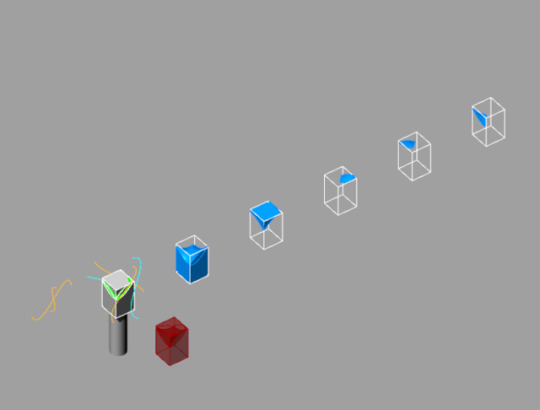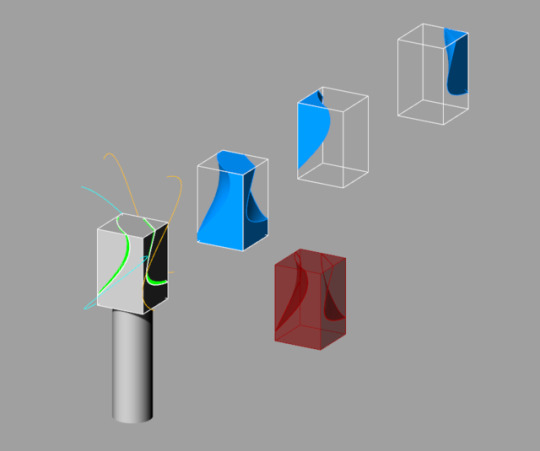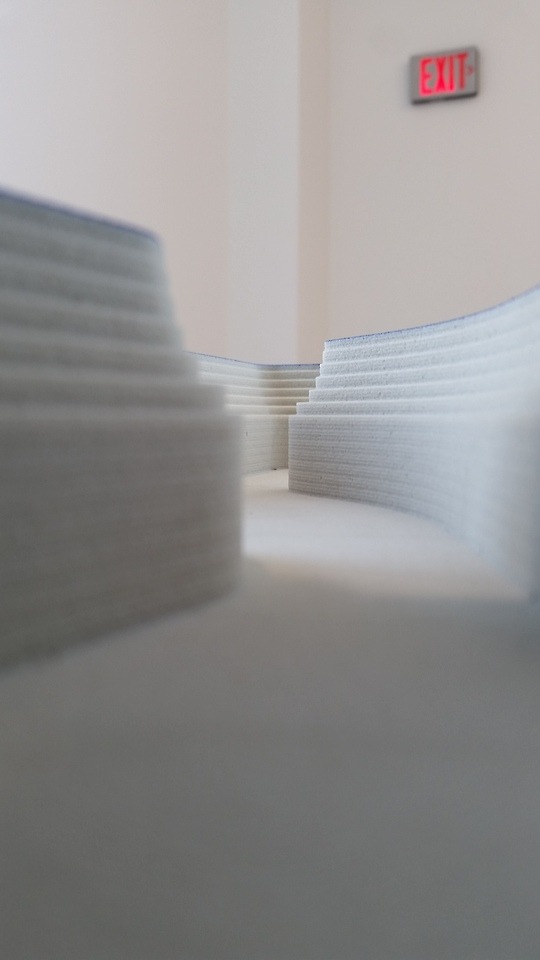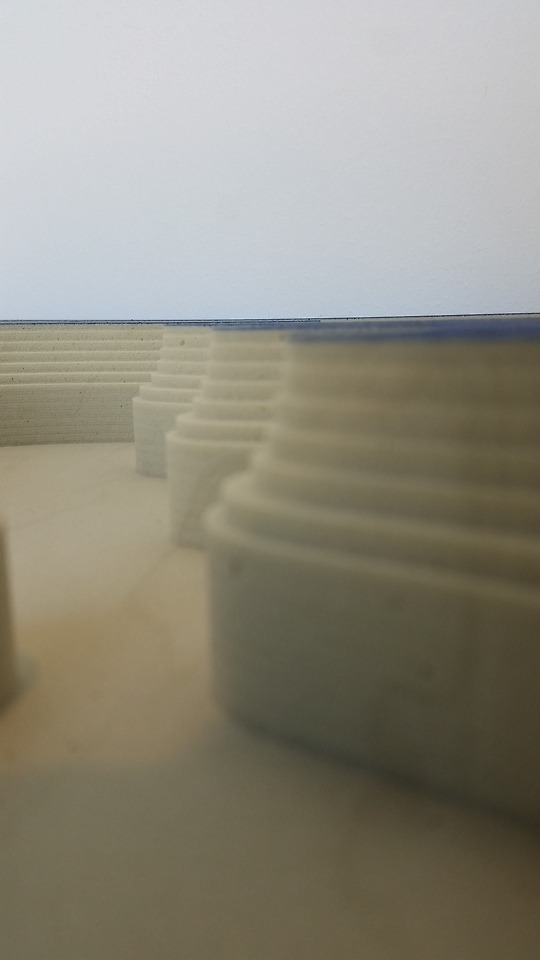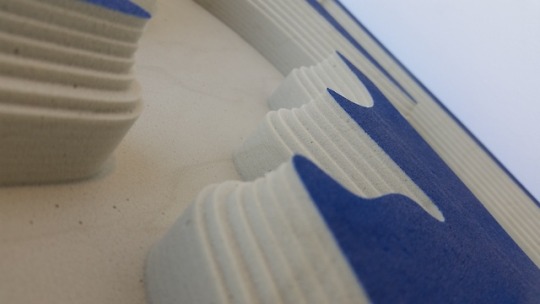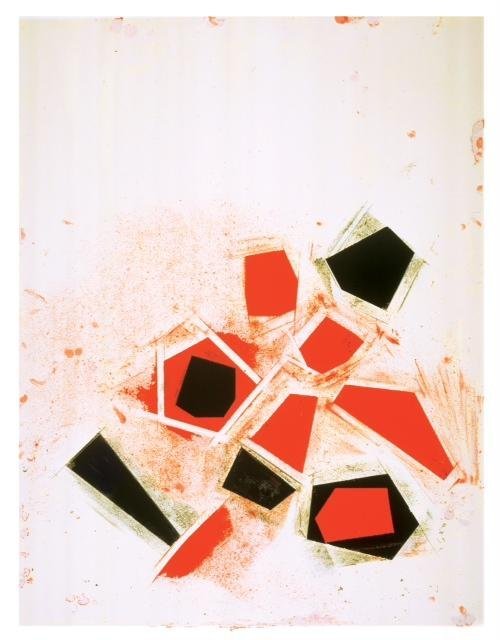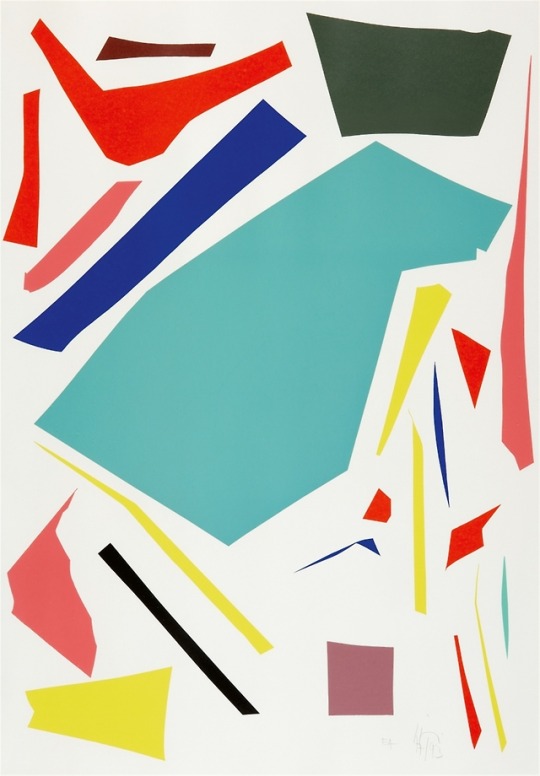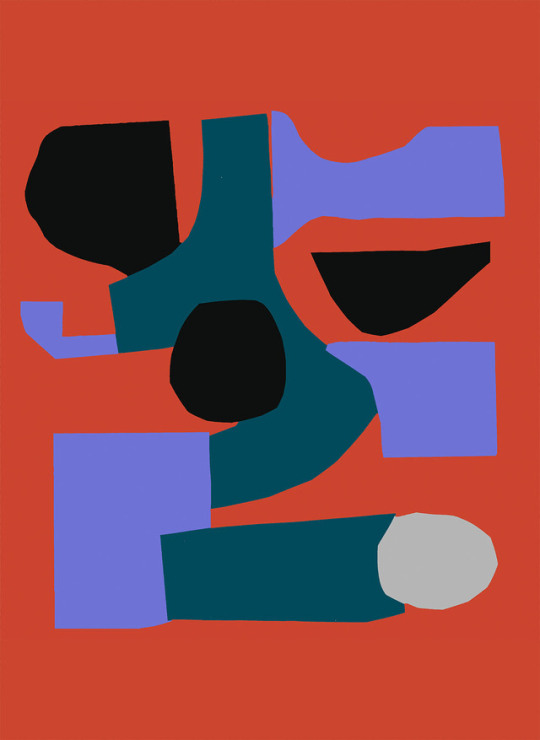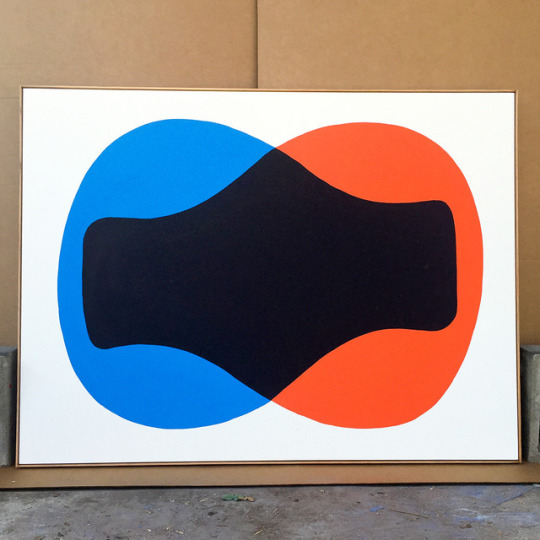debplo Architecture 333 Fabrication and Representation Photo Blog
Don't wanna be here? Send us removal request.
Text
Closing Remarks part I
"Be very suspect of credulous boosterism of technofutures. Those are weird words. Credulous? Boosterism?" - Malcolm M.
0 notes
Photo
Dragon within...soon to manifest.
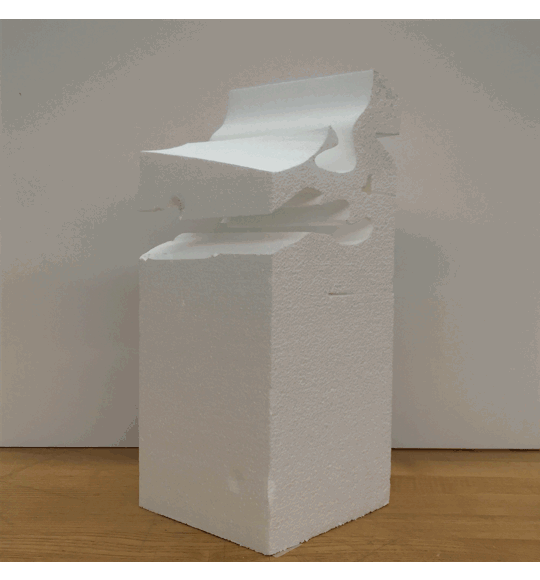
The cutting for the foam was quite the time. Everything was going smoothly and then I broke the foam in two but it got put back together.
Group Members- Deborah P. and Audrey Hunt
2 notes
·
View notes
Text
Forbidding FabLab
Greenfield brings up one of the most important yet overlooked aspects of of the digifab culture that goes back to the early versions of a visual user interface from Macintosh. Mac revolutionized the personal computer field by making it more user friendly and easier to access. Apple continued this development from its early pioneering stages and made it one of the most bought and beloved personal tech. One of the biggest hurdles to this kind of manufacturing on a smaller level is the overall user unfriendly nature of machines and software that would make this revolution realistic. Of course, other factors would play a large role which he described in terms of logistics, etc. But rather overlooked is the overall forbidding invitation that the machines pose toward potential users.
In other words, how do you get someone who is largely unfamiliar with the level of technology required to get relatively comfortable with basic concepts? I think that more access and a broader user base outside of institutions would help inform the design of the machines themselves. Increasing accessibility has no material advantage, however. Within the capitalist system, there is not much incentive to open up a free machine library with materials to the general public.
The next best step could be pay-per-use. With a broad enough customer base it could be viable. But then Greenfield mentioned material scarcity. It would have to be shown that paying for the service would actually be worth it, and that comes with advancement in the tech itself.
So - research on. It won’t get us to utopia but we’ll be closer.
0 notes
Text
Material Trust
Response to Toward a Pedagogy of Material Systems Research, by Sean Ahlquist, Catie Newell, Geoff Thun, and Kathy Velikov
Sean Ahlquist and co. put forth the generative idea of a curriculum, a comprehensive approach to a living pedagogy. The masters of science in material systems is everything about materials, means, methods - and lots of madness. The goal though is relatively clear - retrieve this realm of study from engineering majors and expand its architectural relevance. This is done by researching systems that are responsive to their surroundings, that in some way influence or read cues in the environment and in turn generate feedback or produce data. To get there, one just has to approach the idea inside out with all its interdisciplinary connections, and that’s why a Ph.D. in Material Systems is only the tip of the iceberg in this curriculum. Knowledge has no end in a thorough (if not hot) pursuit.
What would the authors have to say about the Matthew B. Crawford texts, about degenerative behaviours, jigs and gizmos? I think they would say that degeneration is part of the process of ultimate preservation of skills and knowledge. In a sense, it’s like Rem Koolhaas’s argument - true preservation of structures and their relevance to life must also include purposeful destruction as its counterpart to permanence. In layman’s terms we call it controlled demolition.
The material systems curriculum here at Taubman College builds on the crumbling skills of past methods of making and explores new territories. It’s not degenerative, but a careful discovery and hyper-awareness of material alteration in pursuit of applicable knowledge through the resulting manipulation. A kind of material trust fund for future makers and users.
0 notes
Photo
The diagonals project across and into the image plane while the green reinforces the direct geometry. Investigates nested and mirrored imagery.
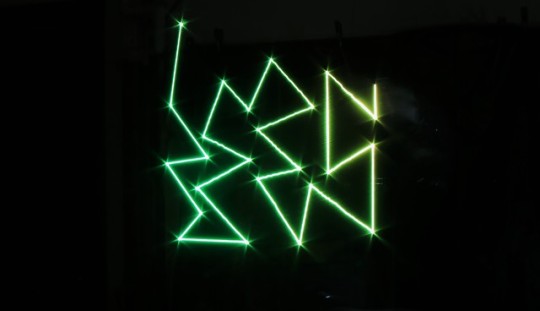
exercise 6 - pseudo-tessellation
with @debplo @asmhaltm
2 notes
·
View notes
Photo
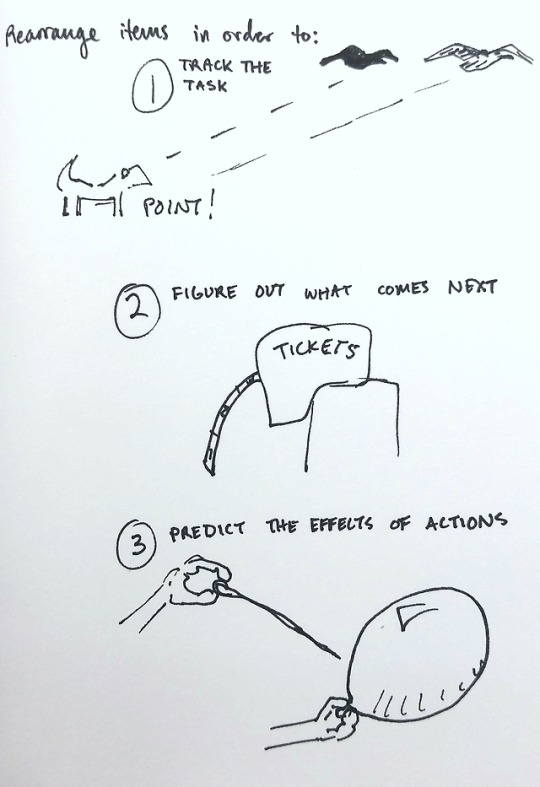
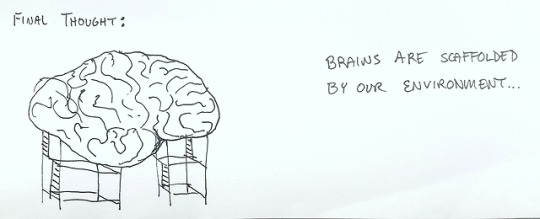
Jig vs. Gizmo
Let the games begin.
Response to The World Beyond Your Head by Matthew B. Crawford
0 notes
Text
The 80:20 Rule... sort of
Matthew B. Crawford argues the idea that manual engagement at its heart examines what it means to be human. In Shop Class as Soulcraft, the idea is that working with your hands demands a certain mechanical submission to the constraints of the instrument you are using...a certain cognition of inherent realities.
Automation takes a step back and places a cushion between the user and reality. Man’s engagement is relegated to the role of master chooser rather than doer. But choosing is not creating, in fact, without the creative aspect, analytical processes can be farmed out and all that is left is a menu of options that have actually been chosen already. Curated by the “others”, you are constrained to be a puppet within a carefully created world.

Maybe it’s not that bleak, but taking the pain of cognition away also lessens the rewards of actual engagement and cultivated skill. 80% done for you...just add water.
Response to: Shop Class and Soulcraft, by Matthew Crawford
0 notes
Text
The Era of Benjamin Buttons
Couple thoughts here for The Glass Cage by Nicholas Carr. It seems like we trade attention for automation. In some cases, it benefits us by freeing up our mental resources, allowing us other pursuits - i.e. grocery story vegetables versus growing your own food. The grocery store is rather automated.
An example of this phenomenon lies close to home. Recently someone left the third floor lasers unattended while in use (resulting in the large reminder sign on the door) and their material caught fire. Contrast the smooth sailing of the laser cutter with the lunky, lo-fi machine called the Zund. Yes, that’s not something you leave unattended, not for one error-free minute. In these automated systems, you’ll find higher complacency on the laser, lower complacency on the Zund.
Finally, does Nicholas Carr’s writing mean that turning a page versus scrolling on a screen might actually have an impact on knowledge acquisition? Perhaps. But these are manual actions, not cognitive. Our mind’s ability to translate information, as he says, is threatened by the automation of thoughtful processes, i.e. problem solving with or without a calculator. In fact, as automation rises, a sense of personal responsibility decreases, and excuses abound. All knowledge is information, but not all information is knowledge.
Response to: The Glass Cage: Automation and Us, by Nicholas Carr
0 notes
Photo
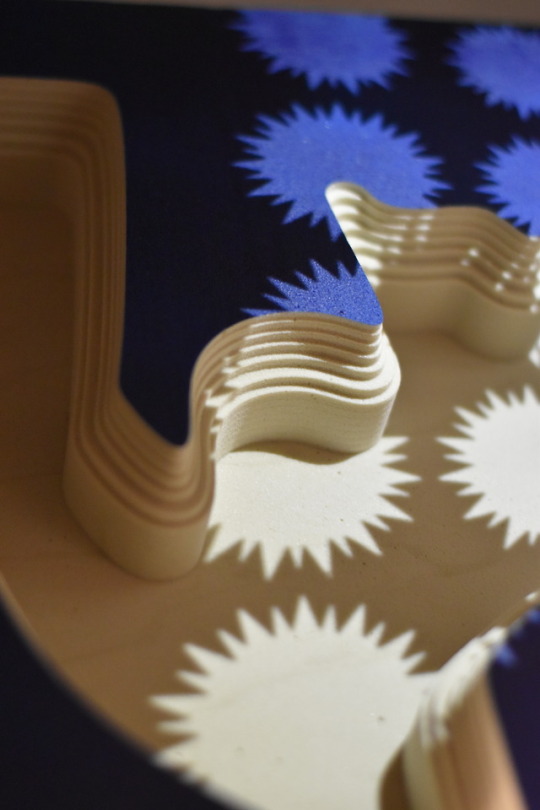
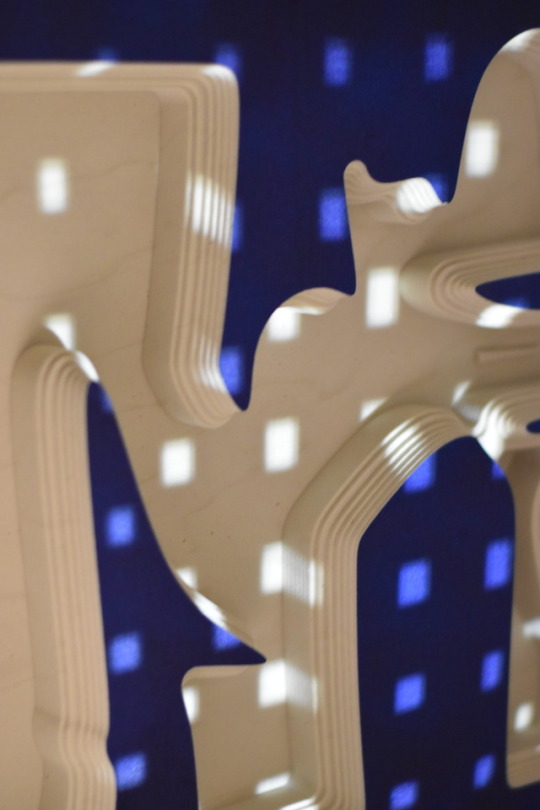
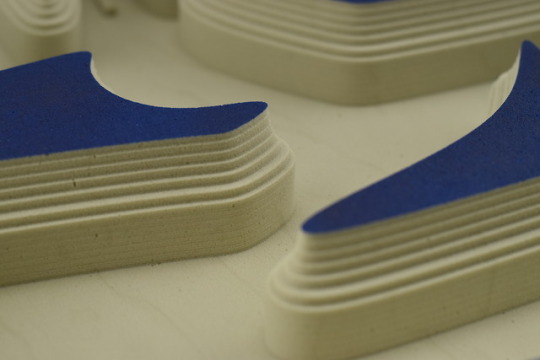
Photos by Thatch Phung Paint job by Zach and Emma
Learned about the dynamism between thin planes of color and deep contours; virtual patterns vs. physical patterns; and color contrast influenced by lighting.
0 notes
Text
Algorithmic Urbanism
Antoine Picon discusses the digital influence in urbanism in his section on cybernetics and the city. The book Digital Culture in Architecture was originally published April 9, 2010.
The section opens with the question of how do we adapt the human to increasingly artificial surroundings. With the rise of atomic bombs and computers, architects had to ask this question at the domestic and urban level. It focuses on the idea that pattern-based architecture can provide a connection between the artificial and the authentic, or the virtual and the real. While Picon argues that corporations used the computer as a means of control for production and efficiency, it was wartime concerns that really pushed the far-reaching implications of systematic urban planning.
In the turbulence of advancing military technologies and global unrest, government and private planning turned to computers to generate iterative scenarios. What if a hydrogen bomb hit a major city-center? How could life-sustaining communication and transportation pathways remain intact? This introduced different ideas of urban dispersal as preservation methods, but did not address another issue on the horizon - urban decay and racial unrest leading to urban blight.
As wartime concerns faded from the spotlight, planners discovered that computational methods fell short of achieving practical solutions in the complex urban environment. Too many factors were at play and the more negative effects of certain solutions would later manifest (urban sprawl vs urban dispersal).
In the end, the question is not how useful computational models were at adapting the human to artificial surroundings. Generating iterations of designs was not enough to cover one or many complex urban scenarios. Today the topic is framed in a new question - how are we creating artificial environments that ultimately shape how humans interact? Because humanity will adapt, it’s just a question of what they will be molded into.
Image by Kostas Terzidis, Algorithmic-driven deformation, 2009
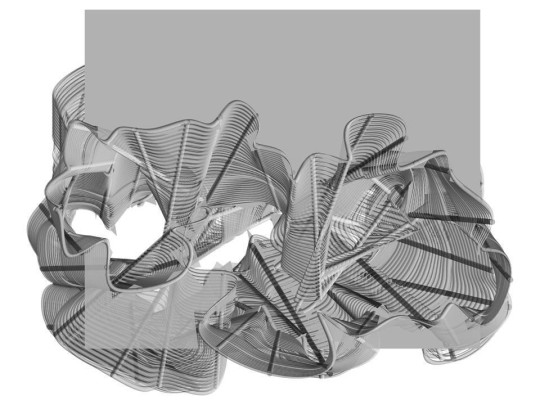
0 notes
Photo
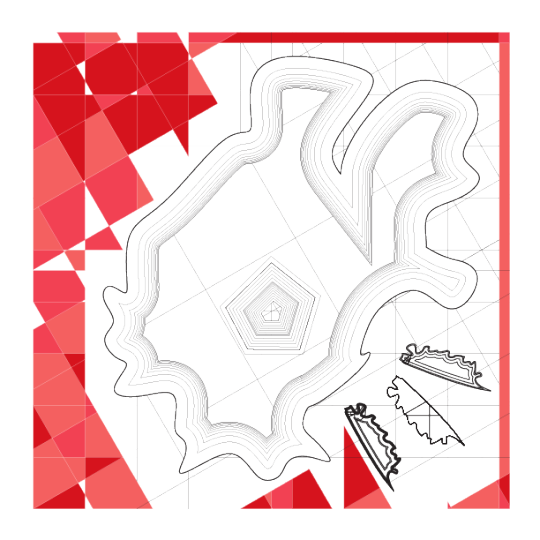

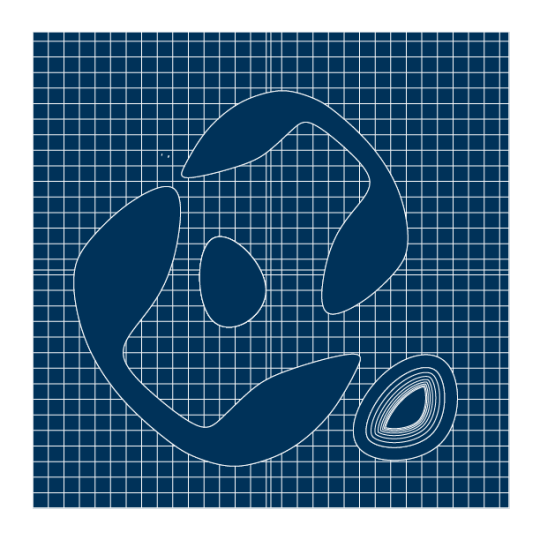
Ce n’etait pas facile. Love the colors and curves.
Pieces entitled Shattered, Shared Spaces, and Es-ca-pe, respectively.
0 notes
Text
CALLING ALL ATHLETES
Animate Form by Greg Lynn
How many of us have played a sport in high school or college? How many of us played multiple sports? According to Urban Meyer, head coach of the Ohio State Buckeyes, the majority of his football recruits played more than one sport before joining the team. In fact, head coach of Seattle Seahawks Football Pete Carroll said he asks what other sports potential players played other than football. In other words, to be a high-functioning sports professional, these coaches look for strong, multi-skilled athletes who have honed the practice of teamwork, strategy, and mental toughness in other disciplines. What does this have to do with Greg Lynn’s Animate Form? It comes down to principles and paradigm shifts that crossover to build a strong intuition and understanding of math x design.
Greg Lynn introduces a paradigm shift that involves what he calls a new “intuition”. It means learning the principles that run in the background in order to anticipate and engage, no matter what the technology. In this case, Lynn is proposing a new mindset, a new way of thinking about design that previously, the architecture profession as sidelined. It will involve not only new technology but also rewiring the brain of the designer.
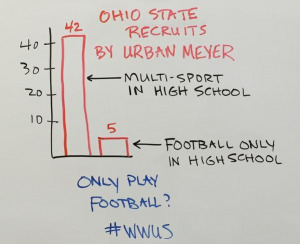
The shift occurs from designing in a static environment to one that shapes design by dynamic forces and pushes the literal envelope of a building. Incorporating flexible surfaces composed of splines allows a greater breadth of response than what the foundations of architecture teach - point to line to surface to volume à la Dawn Gilpin. Not that the basics are not helpful - they are - but eventually less relevant. In the new landscape or topology, space is no longer the mute Cartesian plane, but the animate space of endlessness, motion, and time. Future possible positions are connected by their previous sequence, making a continuous series, rather than the oxymoron of the old “closed infinity.”
This reading talks about much more than just a new mindset - permanence vs. expected deconstruction, gravity in a stable orbit, and fluid dynamics to influence much more than structural verticality. Going back to the idea of crossover skills in athletes - it’s more than knowing how to throw a baseball, a basketball, and a football. It’s the application of teamwork and a sports mindset. In the same way, it’s not just knowing how to use Rhino, Grasshopper, Maya, SolidWorks, AutoCAD, it’s the guiding principles behind how we use them that matters in the long run. Greg Lynn is proposing new principles. It’s up to us to be open to the next step, upgrade our thinking, and stand at the forefront of this new architectural paradigm.
0 notes
Photo
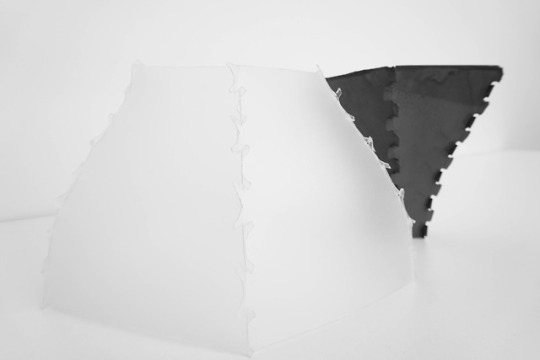
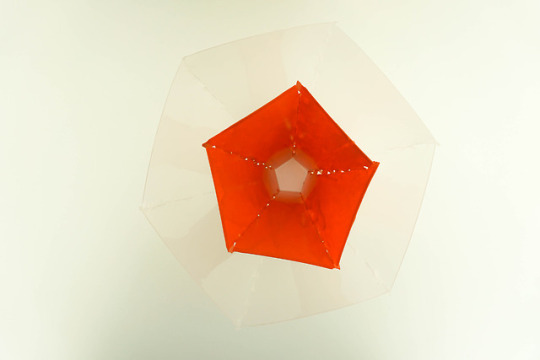
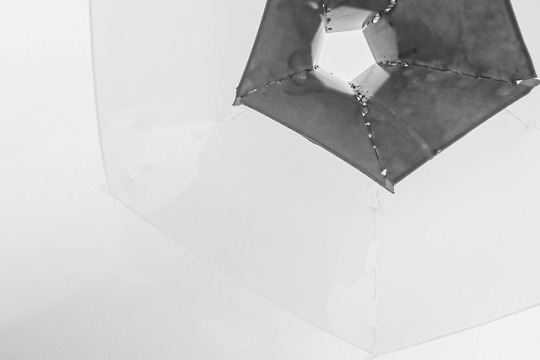
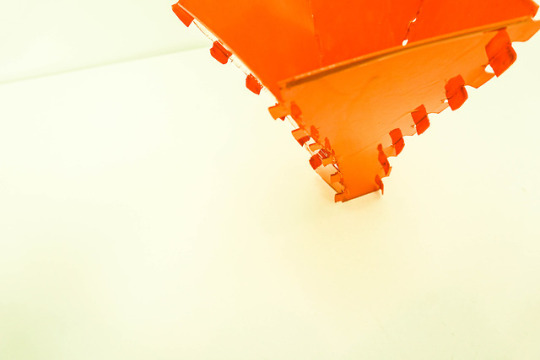
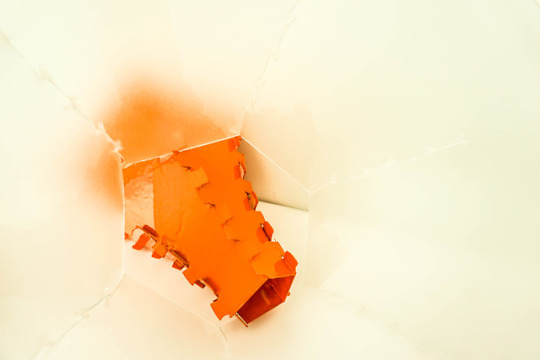
INVERSE+INVERSE
Design using Grasshopper software, applied to vinyl, and given a gloss paint coating. Via @audreyarch, Sia Ma, Deborah Ploski.
0 notes
Text
BREAKING NEWS: CUSTOM SUITS FIT ALL AT LOCAL MACYS
L’alphabet et l’algorithme, par Mario Carpo
Carpo’s text argues that the future of design and building lies at the intersection of tech, construction, and design in what is called “nonstandard series”. The idea is that finally, we can have the kind of customization of hand-craftsmanship and the efficiency and measure of machines (aka computers). To highlight math and design once more, this is where, as Carpo says, “Algorithms, software, hardware, and digital manufacturing are the new standards” in order to make the duality happen.
The implications of this are too broad to cover here, but suffice it to say that the big idea of mass-customization is something that can be applied anywhere from architecture (social housing, anyone?), structures, parts and components, and soft goods like furniture and t-shirts, for example. Where mass-customization and nonstandard series really shine is for things that share components but also are really unique - and in architecture this is the case when you have, say, a house with four pillars and a roof, but one site is located on a cliff, and the other is partially underground. With the introduction of complex variables such as these, simple Euclidean geometries may not be sufficient.
At the very least, what the text made this writer imagine offhand was a new standard in LEED certification - one that proposes more human intelligence, engineering-heavy design that uses the least amount of material for the most amount of impact, saving lots of resources in the process. In effect, it’s a physical and mental cut-sheet, the idea of borders on the resources you have available to you, and working the design to use them most effectively. The thinking can be applied to things that are even “non-engineered” currently but still play a role in nonstandard series - angle of sun, amount of light, etc. so mass-customize windows and shades to accommodate for your particular site. We can already see the potential...builder homes currently follow a cookie-cutter layout and design with certain variable features. Also auto-makers seem to have this concept down as well. Still traditional in its execution...it’s still only surface-level customization.
The main takeaway is that the ideas Mario Carpo presents have both capitalistic and socialistic implications - you have businesses and customers who are looking for customization on the cheap (provides value for both parties), as well as an authentic response to unique constraints and user needs. These are not negatives. Currently we have either widespread mass production or prohibitive, full customization.
As we quickly approach the future of design, perhaps we can have our semi-customized cake and eat it too.
1 note
·
View note
